Vietnam's aviation industry is striving to achieve net zero emissions by 2050 as committed by Vietnam at the 2021 United Nations Climate Change Conference (COP26). However, this roadmap is not easy in the context of many difficulties facing the aviation industry in general and domestic aviation enterprises in particular.
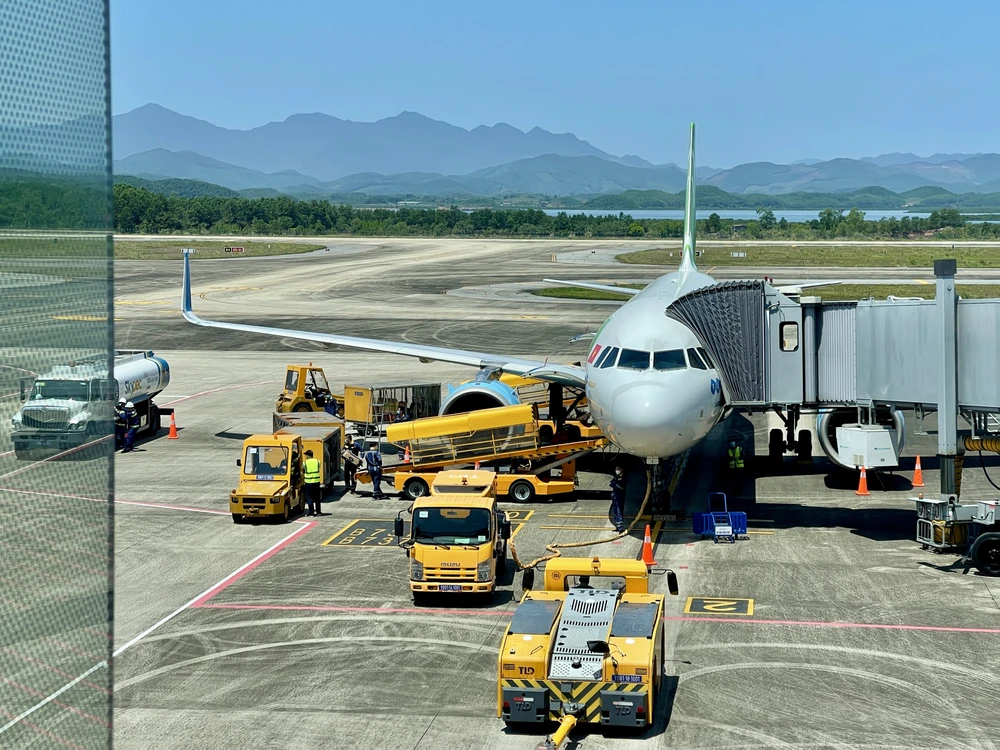
Positive moves
According to information from the International Air Transport Association (IATA), reducing emissions to zero (Net Zero) is a major goal that 320 IATA member airlines are aiming for. In Vietnam, 3 major airlines are IATA members including Vietnam Airlines , VietJet Air and Bamboo Airlines, so they are also pursuing the Net Zero goal.
Since 2018, Vietnam Airlines has applied the single engine taxiing solution to reduce noise at the airport and reduce fuel consumption, thereby reducing emissions. Vietnam Airlines Deputy Director Dang Anh Tuan said that after 5 years of applying this solution, Vietnam Airlines has reduced more than 4,000 tons of CO 2 . At the same time, investing in new aircraft also helps the airline achieve positive results in its emission reduction target. Currently, the airline's fleet has nearly 100 aircraft, of which the wide-body fleet has a total of 5 Boeing 787-10s; 11 Boeing 787-9s and 14 Airbus A350s.
The new generation aircraft are all environmentally friendly thanks to the integration of advanced technology, helping to reduce 25% of fuel per seat and emissions compared to previous generation aircraft. In 2023 alone, through aircraft optimization and fuel saving activities, the amount of CO2 that Vietnam Airlines will reduce is nearly 70,000 tons, 1.5 times more than in 2022 (44,240 tons).
Recently, Vietnam Airlines has operated a flight using sustainable aviation fuel (SAF), becoming the first airline in Vietnam to use sustainable fuel for commercial passenger flights. Vietnam Airlines has also signed a cooperation agreement to participate in the CO2 emission measurement project developed by the International Air Transport Association (IATA). According to the agreement, the airline will provide data for IATA to use in calculating average emissions per passenger for each route and aircraft type.
Similarly, Vietjet Air has also operated low-CO2 emission flights and invested in a new, modern, fuel-efficient fleet. In the last months of 2024, Vietjet is expected to receive 10 new-generation aircraft, most of which are Airbus's most modern A321neo ACF.
Vietjet is currently operating a fleet of more than 100 modern aircraft. These aircraft can help reduce fuel consumption by at least 16%, reduce noise by up to 75% and emissions by up to 50% compared to older generation aircraft. Bamboo Airways' passenger fleet currently consists of only 8 A320/321 aircraft, expected to increase to 12-15 of the same type by the end of the year, which are also fuel-efficient aircraft that reduce emissions into the environment.
Many challenges remain
Minister of Transport Nguyen Van Thang said that in recent times, Vietnamese airlines have been very active in participating in carbon emission reduction activities in the civil aviation sector, and have updated and reported to the International Civil Aviation Organization (ICAO) every year. However, these are just the initial steps of a long-term process that requires great efforts from the industry, especially from businesses. Although the forecast for the recovery of the aviation industry is quite positive, the Net Zero target is facing many challenges.
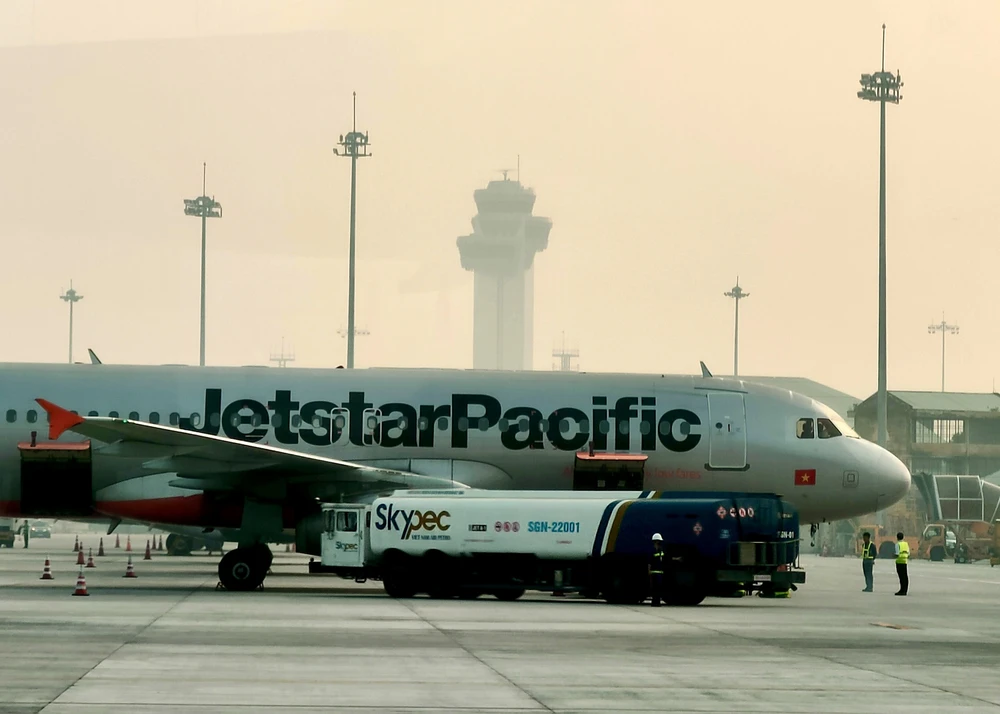
According to IATA, the efforts of airlines to achieve net zero emissions by 2050 are commendable, but the most important factor is the use of sustainable aviation fuel (SAF). This type of fuel can help reduce carbon emissions by up to 80% compared to using traditional fuel. However, SAF fuel is currently rare and very expensive, the cost of producing clean fuel is 2-3 times higher than fossil fuel.
According to experts, cutting emissions in the aviation sector, including investing in fleet renewal and using SAF fuel, is very expensive. Most recently, Air New Zealand became the first major airline in the world to abandon its 2030 emissions reduction target, due to the difficulty and expense of equipping new aircraft and fuel for new aircraft.
Mr. Do Hong Cam, Deputy Director of the Civil Aviation Authority of Vietnam, said that Vietnamese airlines are also facing many major difficulties such as rising fuel prices, exchange rate fluctuations, and a shortage of aircraft. The rising fuel costs and exchange rate fluctuations alone have caused Vietnam Airlines to increase its costs by VND10,000 billion compared to 2019, not to mention the aircraft leasing prices and the recall of aircraft for engine repairs, reducing the number of aircraft by 40-45 compared to 2023. These difficulties have pushed up airfares.
Statistics show that since 2019, airfares have tended to increase in most regions of the world. In Vietnam, in early 2024, airfares increased by about 15%-17% compared to the same period, depending on the flight route, flight date, and flight time. It is forecasted that global airfares will increase by 3%-7% in 2024 and will continue to increase in the following years. In that context, investing in reducing emissions becomes even more difficult.
Representatives of airlines expressed their hope that state management agencies would have mechanisms and policies to help sustainable fuels be mass produced at lower costs. In the meantime, Vietnamese airlines are still looking for ways to make environmentally friendly changes from the smallest supplies and materials, while calling on passengers to be aware of limiting waste when traveling.
According to information from the Ministry of Transport, the roadmap for green energy conversion in the aviation sector has been stipulated in Decision No. 876/QD-TTg dated July 22, 2022 approving the action program on green energy conversion, reducing carbon and methane emissions of the transport sector. Accordingly, from 2027, relevant agencies will study the use of alternative fuels in part in aviation fuel; by 2030, the database system on energy use and fuel consumption of aviation enterprises will be completed; from 2035, some short flights will use at least 10% sustainable fuel, 100% of passenger vehicles and other vehicles in newly invested airports will use electricity and green energy; from 2050, 100% of aircraft will convert to using green energy and sustainable aviation fuel to minimize greenhouse gas emissions.
MINH DUY
Source: https://www.sggp.org.vn/hang-khong-viet-no-luc-giam-phat-thai-post755475.html



![[Photo] Many young people patiently lined up under the hot sun to receive a special supplement from Nhan Dan Newspaper.](https://vphoto.vietnam.vn/thumb/1200x675/vietnam/resource/IMAGE/2025/5/18/6f19d322f9364f0ebb6fbfe9377842d3)
![[Photo] Party and State leaders attend the special art program "You are Ho Chi Minh"](https://vphoto.vietnam.vn/thumb/1200x675/vietnam/resource/IMAGE/2025/5/18/6895913f94fd4c51aa4564ab14c3f250)
![[Photo] Ready for the top competitions of Vietnamese table tennis](https://vphoto.vietnam.vn/thumb/1200x675/vietnam/resource/IMAGE/2025/5/18/9c547c497c5a4ade8f98c8e7d44f5a41)




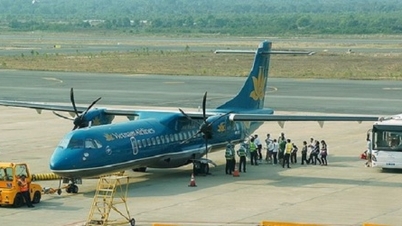



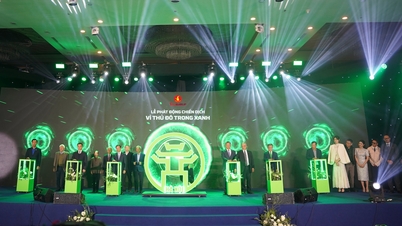


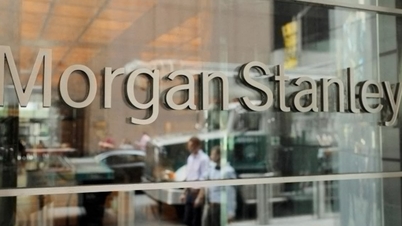

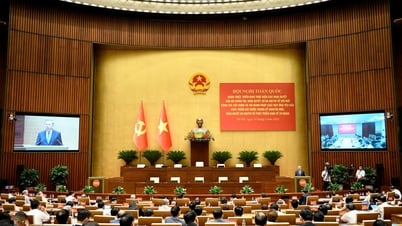






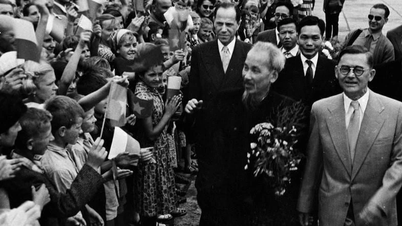

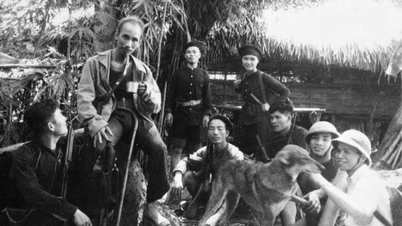





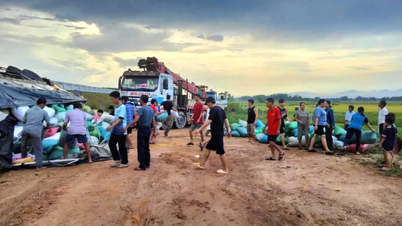
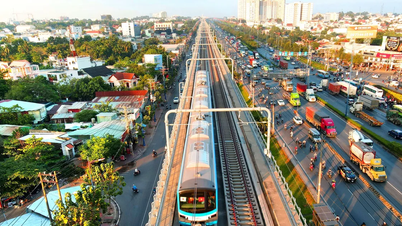


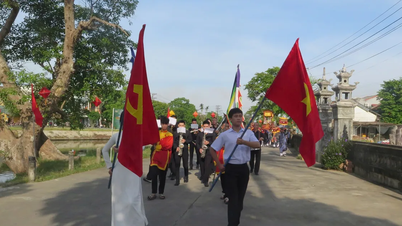
















































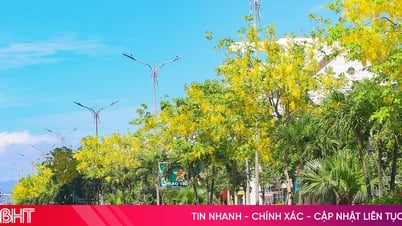












Comment (0)